Vesicle
Bluelighter
In my time hanging out in various drug circles, I've noticed the occasional mention of snorting various benzodiazepines, the most common of which being alprazolam. It is stated within these circles that benzodiazepines (in general) should not be insufflated due to their low water solubility, and that oral/sublingual administration is more viable. Poor water solubility is claimed to be a significant factor affecting the intranasal viability of benzodiazepines.
However, a couple of unique benzodiazepines are highly soluble in water and have therefore been deemed "snortable". The main ones that come to mind are midazolam, flurazepam, and triazolam (debatably).
I sought to investigate these claims by checking the available literature for the water solubility of various benzodiazepines and any reports of intranasal use, whether in a medical setting, anecdotally (e.g. via this forum), or in animal studies.
I encourage anyone to debate/discuss my findings as I most certainly missed important details on this complex topic. I understand other factors such as pH and individual pharmacokinetics will affect the intranasal bioavailability. But, I chose to focus on water solubility as it is still greatly important.
I have compiled my findings and sources in the table below. This table is a DRAFT, so do not take these results as hard evidence or fact. And please do not use this table as the basis for your next sniffing session XD.
∗ - Estimated based on results from ALOGPS
∗∗ - Highly pH dependent. The solubility of Midazolam increases as pH decrease. This supposedly is the case for some other benzodiazepines as well.
Notes: I find it strange that midazolam has a relatively low water solubility yet it is the most commonly used benzodiazepine for intranasal administration in a medical setting. Also, I find it strange that flurazepam supposedly has a water solubility that is MAGNITUDES greater than all the others. This must be some kind of edge-case or poor estimate, but it was the main result I found. I am open to any and all corrections!
SOURCES:
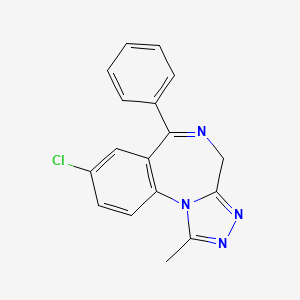
 pubchem.ncbi.nlm.nih.gov
pubchem.ncbi.nlm.nih.gov
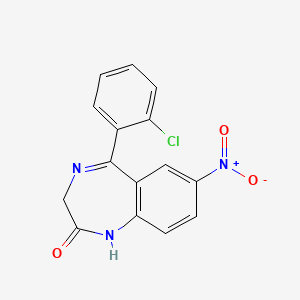
 pubchem.ncbi.nlm.nih.gov
pubchem.ncbi.nlm.nih.gov
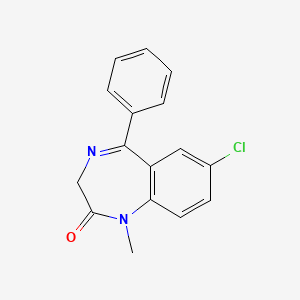
 pubchem.ncbi.nlm.nih.gov
pubchem.ncbi.nlm.nih.gov

 pubchem.ncbi.nlm.nih.gov
pubchem.ncbi.nlm.nih.gov
 go.drugbank.com
go.drugbank.com

 pubchem.ncbi.nlm.nih.gov
pubchem.ncbi.nlm.nih.gov

 edoc.unibas.ch
edoc.unibas.ch
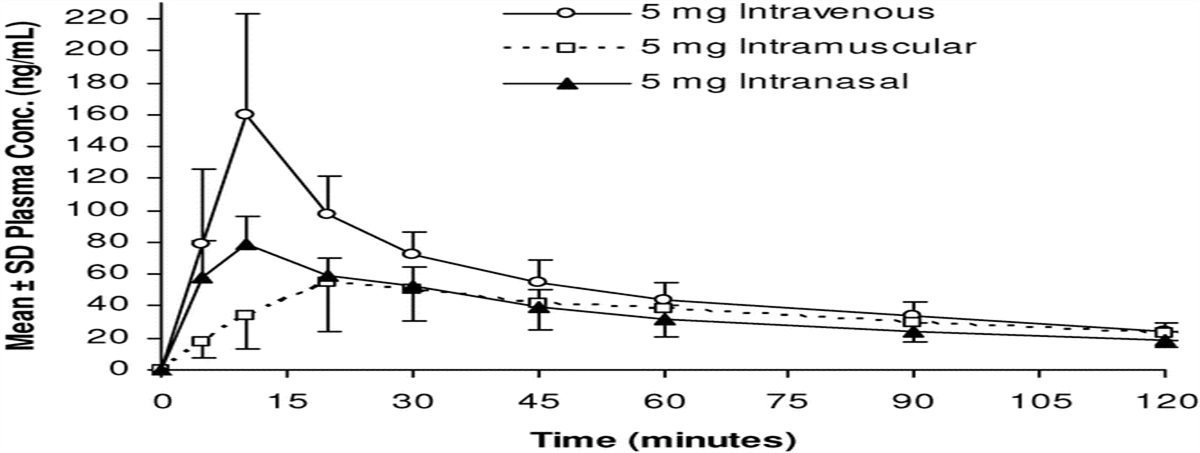
 journals.lww.com
journals.lww.com
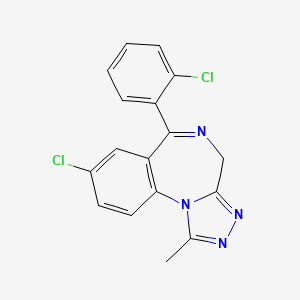
 pubchem.ncbi.nlm.nih.gov
pubchem.ncbi.nlm.nih.gov

 pubmed.ncbi.nlm.nih.gov
pubmed.ncbi.nlm.nih.gov
However, a couple of unique benzodiazepines are highly soluble in water and have therefore been deemed "snortable". The main ones that come to mind are midazolam, flurazepam, and triazolam (debatably).
I sought to investigate these claims by checking the available literature for the water solubility of various benzodiazepines and any reports of intranasal use, whether in a medical setting, anecdotally (e.g. via this forum), or in animal studies.
I encourage anyone to debate/discuss my findings as I most certainly missed important details on this complex topic. I understand other factors such as pH and individual pharmacokinetics will affect the intranasal bioavailability. But, I chose to focus on water solubility as it is still greatly important.
I have compiled my findings and sources in the table below. This table is a DRAFT, so do not take these results as hard evidence or fact. And please do not use this table as the basis for your next sniffing session XD.
| Name | Common Brand | Solubility in Water @ 25°C (mg/L) | Worth snorting? |
|---|---|---|---|
| Alprazolam | Xanax | 13.1 | NO |
| Clonazepam | Klonopin | 100 | NO |
| Diazepam | Valium | 50-66 | NO |
| Etizolam | Etilaam | 42* | NO |
| Flurazepam | Dalmane | 500,000 | YES |
| Lorazepam | Ativan | 80 | NO |
| Midazolam | Versed | >22** | YES |
| Triazolam | Halcion | 4.53 | UNCERTAIN |
∗ - Estimated based on results from ALOGPS
∗∗ - Highly pH dependent. The solubility of Midazolam increases as pH decrease. This supposedly is the case for some other benzodiazepines as well.
Notes: I find it strange that midazolam has a relatively low water solubility yet it is the most commonly used benzodiazepine for intranasal administration in a medical setting. Also, I find it strange that flurazepam supposedly has a water solubility that is MAGNITUDES greater than all the others. This must be some kind of edge-case or poor estimate, but it was the main result I found. I am open to any and all corrections!
SOURCES:
Alprazolam
Alprazolam | C17H13ClN4 | CID 2118 - structure, chemical names, physical and chemical properties, classification, patents, literature, biological activities, safety/hazards/toxicity information, supplier lists, and more.
Clonazepam
Clonazepam | C15H10ClN3O3 | CID 2802 - structure, chemical names, physical and chemical properties, classification, patents, literature, biological activities, safety/hazards/toxicity information, supplier lists, and more.
Diazepam
Diazepam | C16H13ClN2O | CID 3016 - structure, chemical names, physical and chemical properties, classification, patents, literature, biological activities, safety/hazards/toxicity information, supplier lists, and more.
Flurazepam
Flurazepam | C21H23ClFN3O | CID 3393 - structure, chemical names, physical and chemical properties, classification, patents, literature, biological activities, safety/hazards/toxicity information, supplier lists, and more.
Lorazepam: Uses, Interactions, Mechanism of Action | DrugBank Online
Lorazepam is a short-acting benzodiazepine commonly used to treat panic disorders, severe anxiety, and seizures.
Midazolam
Midazolam | C18H13ClFN3 | CID 4192 - structure, chemical names, physical and chemical properties, classification, patents, literature, biological activities, safety/hazards/toxicity information, supplier lists, and more.

Transmucosal nasal drug delivery : systemic bioavailability of nasally applied midazolam
Transmucosal nasal drug delivery is a drug delivery option for challenging clinical situations where common drug administrations (e.g., intravenous, intramuscular, or oral) are inapplicable. For drugs with constricted oral bioavailability, due to degradation in the intestinal tract or hepatic...

Pharmacokinetics and Pharmacodynamics of a New Intranasal... : Anesthesia & Analgesia
of a novel formulation into both naris. Blood samples were taken serially from 0 to 12 h after each dose. Plasma midazolam concentrations were determined by liquid chromatography/mass spectrometry/mass spectrometry. Noncompartmental analysis was used to estimate pharmacokinetic parameters. The...
Triazolam
Triazolam | C17H12Cl2N4 | CID 5556 - structure, chemical names, physical and chemical properties, classification, patents, literature, biological activities, safety/hazards/toxicity information, supplier lists, and more.

Intranasal absorption of flurazepam, midazolam, and triazolam in dogs - PubMed
Intranasal delivery of flurazepam, midazolam, and triazolam was studied in a dog model as a possible alternate route of drug administration for treatment of insomnia. Four beagles received each hypnotic by both intranasal and oral routes on two separate occasions. Plasma concentrations for each...
Last edited:





